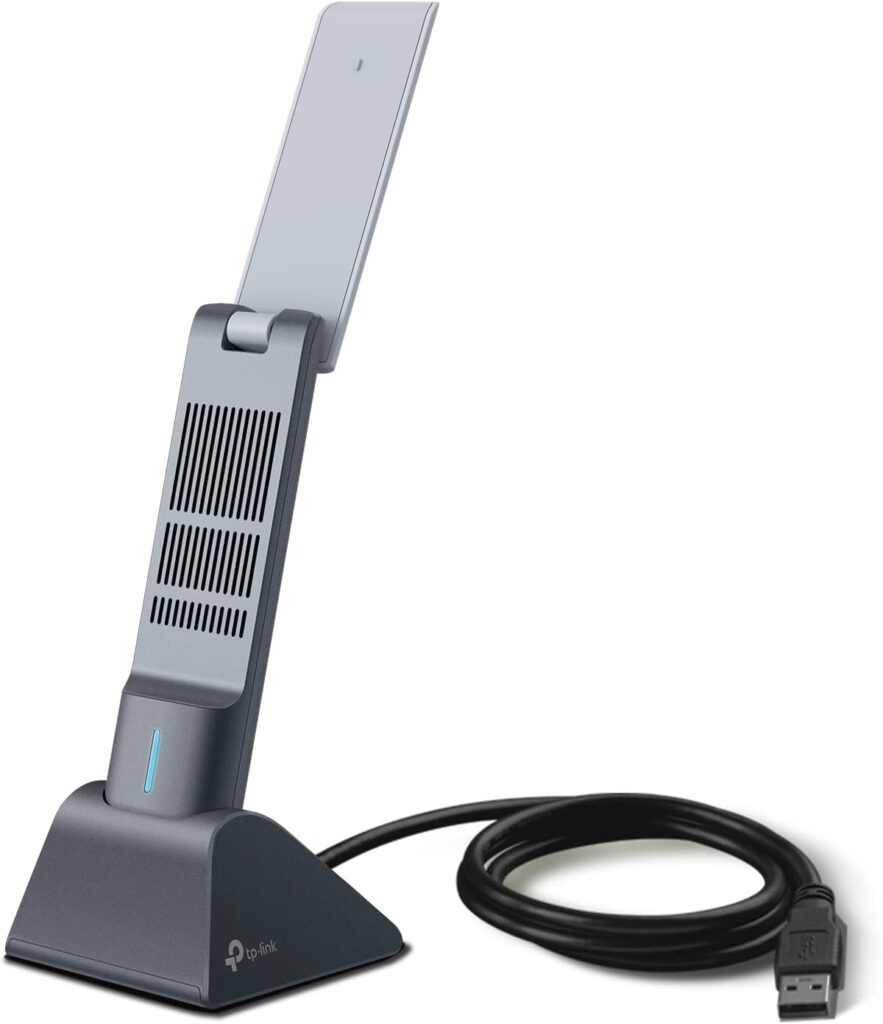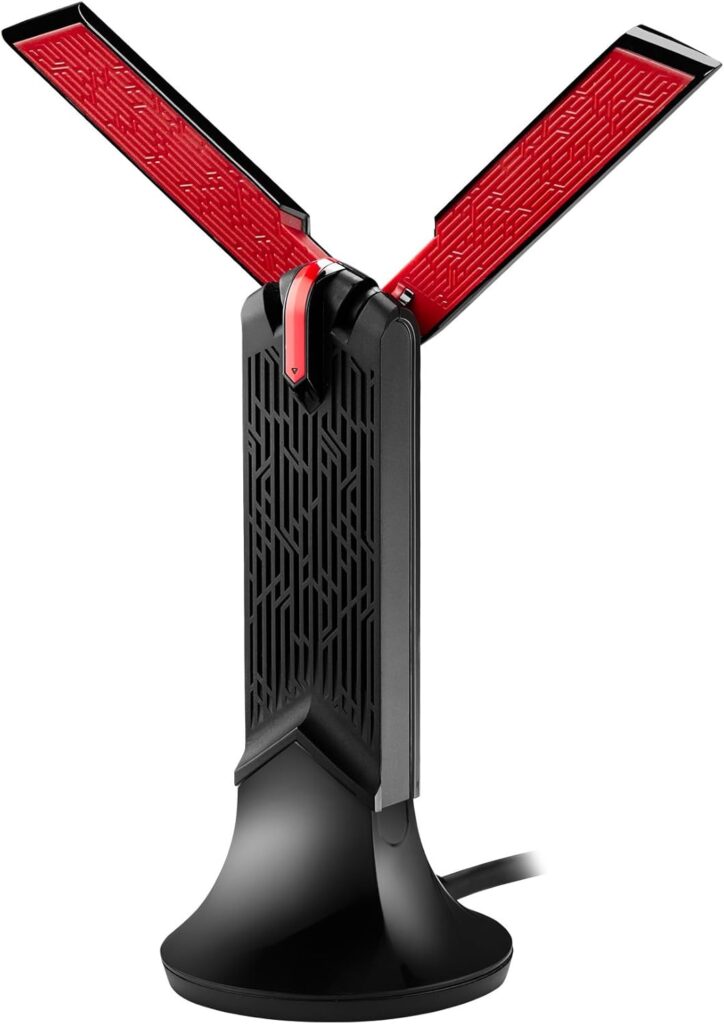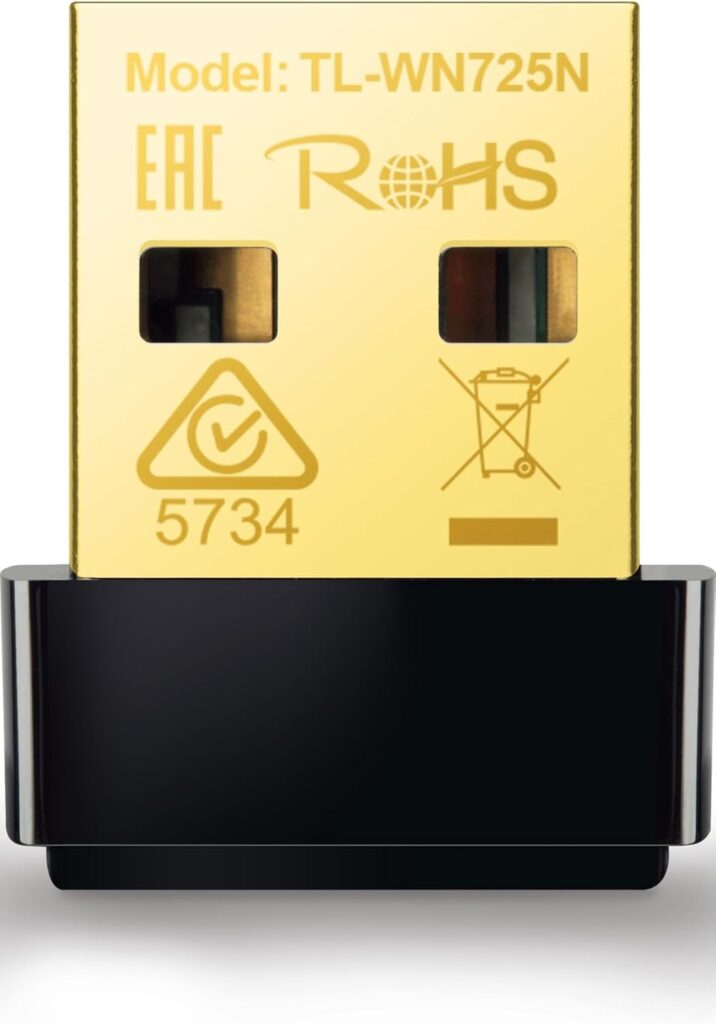Welcome to autohomegadgets.com, your reliable source for smart home and tech insights! Throughout my experience testing and optimizing home networks, I’ve found USB Wi-Fi adapters to be an indispensable tool for upgrading connectivity on desktops and laptops without built-in wireless capabilities. In this guide, I’ll share everything you need to know about USB Wi-Fi adapters, my personal experience with various models, and how to choose the best one for your needs.
Why Trust My Advice?
I’ve spent years working hands-on with networking equipment, troubleshooting connectivity issues, and enhancing network performance for smart home setups. My experience spans from budget-friendly adapters to premium models that push the limits of speed and reliability. Every recommendation and tip here comes from real-world testing.
What Is a USB Wi-Fi Adapter?
A USB Wi-Fi adapter is a small, portable device that connects to your computer’s USB port, allowing it to access Wi-Fi networks. It acts as an external wireless receiver, making it perfect for computers without built-in Wi-Fi or for upgrading an older system to support faster wireless standards.
Benefits of USB Wi-Fi Adapters:
- Easy to install and use.
- Portable and compatible with most computers.
- Can significantly boost network speeds and connectivity.
Signs You Need a USB Wi-Fi Adapter
Consider a USB Wi-Fi adapter if:
- Your computer lacks built-in Wi-Fi.
- Your current Wi-Fi card doesn’t support the latest wireless standards (like Wi-Fi 6).
- You experience weak or unreliable connectivity with your built-in Wi-Fi.
How to Choose the Right USB Wi-Fi Adapter
1. Speed and Wireless Standard Support
Look for adapters that support the latest standards, such as Wi-Fi 6, for faster speeds and better range.
2. USB Port Compatibility
Ensure the adapter is compatible with your device’s USB ports (USB 2.0, 3.0, or newer).
3. Antenna Design
Adapters come with internal or external antennas. External antennas often provide better range and stability.
4. Driver and OS Compatibility
Check that the adapter works with your operating system and doesn’t require complex driver installations.
My Top Picks for USB Wi-Fi Adapters
1. TP-Link Archer TX21UH

- Features: Dual-band, USB 3.0, external antennas.
- Ideal For: High-speed connections for streaming and gaming.
2. Netgear Nighthawk AC1900

- Features: Beamforming technology, USB 3.0.
- Ideal For: Large homes with multiple devices.
3. ASUS USB-AC68

- Features: High-speed Wi-Fi, adjustable antennas.
- Ideal For: Users needing superior range and performance.
4. TP-Link Nano TL-WN725N

- Features: Ultra-compact, budget-friendly.
- Ideal For: Lightweight browsing and portability.
Setting Up a USB Wi-Fi Adapter
- Connect the Adapter:
- Plug the USB Wi-Fi adapter into an available USB port.
- Install Drivers (if necessary):
- Follow the instructions provided or download the latest drivers from the manufacturer’s website.
- Connect to a Wi-Fi Network:
- Use your computer’s network settings to select and connect to your preferred network.
- Optimize Placement:
- For adapters with external antennas, adjust the antenna to improve signal strength.
Troubleshooting Tips
- Ensure Proper USB Port Usage: Use USB 3.0 ports for faster performance if supported.
- Update Firmware and Drivers: Regular updates can fix bugs and enhance performance.
- Minimize Interference: Place the adapter away from metal objects and other wireless devices.
Final Thoughts
USB Wi-Fi adapters are a simple and effective way to boost your computer’s wireless capabilities. From basic browsing to high-speed gaming, there’s an adapter to suit every need. At autohomegadgets.com, I’m passionate about sharing practical, tested solutions to make your tech experience smoother. If you have questions or need personalized recommendations, feel free to reach out or explore my detailed reviews!
Ready to upgrade your connectivity? Let’s make your online experience faster and more reliable!
Related articles:

SAMMY MWANGI the editor of Autohomegadgets.com. He is an Electronics Technician enthusiast and a Sales Manager in one of the leading ICT companies in Africa. When he is not working, he loves to travel and explore nature. He is a Robot fanatic too.


